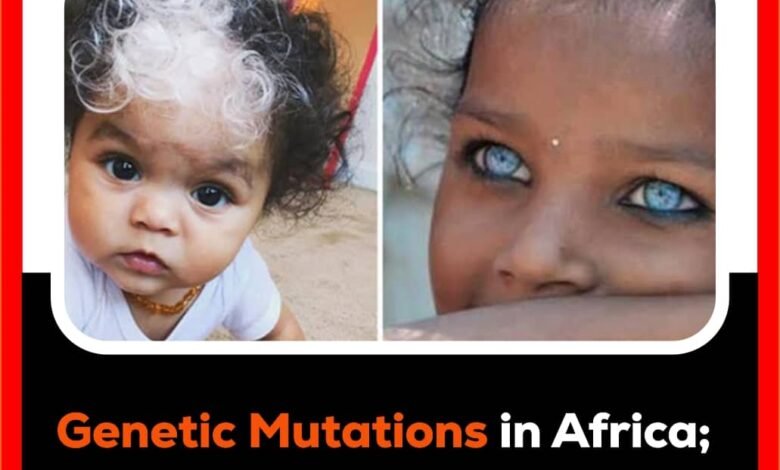Genetic Mutations in Africa: How We Adapt and Evolve

If there’s one thing that’s pretty clear about humans, it’s that we’re incredibly adaptable. And if you look at the genetic mutations in Africa, you’ll see just how creative nature can get when it comes to helping us survive. Africa isn’t just the birthplace of humanity; it’s also a place where some of the most fascinating examples of human evolution happen, all thanks to little changes in our DNA.
So, let’s start with the basics. A genetic mutation is basically a tiny change in our DNA. It can happen randomly, or it can be triggered by things like the environment. Some mutations don’t really do much, while others can change the way our bodies work or make us more resistant to certain diseases. Over time, these mutations can get passed down through generations, which is how we end up with different traits or even health conditions that run in the family.
In Africa, these mutations have played a huge role in how people have adapted to different environments, diseases, and ways of life.
One of the first things you might think about when you hear “Africa” is the sun. And it’s not just the heat it’s the UV rays, which are super intense. People who lived in Africa, where the sun’s rays are strongest, developed darker skin to protect themselves from sun damage. It’s all about balancing vitamin D production with protection from harmful rays. It’s pretty incredible when you think about how our bodies have adapted over thousands of years to survive the harshest conditions.
But here’s where it gets even more interesting: as humans began to spread out across the world, some populations moved to places where sunlight was scarce. That’s when lighter skin started becoming more common helping people produce more vitamin D in areas where the sun didn’t shine as much.
Now, let’s talk about something that has impacted many African populations: malaria. In parts of sub-Saharan Africa, malaria has been around for centuries. But some people developed a genetic mutation that helped them resist the disease. The sickle cell mutation, which causes red blood cells to take on a sickle shape, is one of the most famous examples. While sickle cell anemia can cause health problems, it also makes it harder for the malaria parasite to thrive in the bloodstream. This is why sickle cell disease is more common in areas where malaria is prevalent.
But that’s not the only disease that genetic mutations in Africa have helped fight. Some populations have developed genetic defenses against other diseases, like HIV. There’s this rare mutation called CCR5-Δ32 that makes people more resistant to HIV infection. It’s just another example of how our genes have helped us survive some of the world’s toughest diseases.
One of the coolest things about Africa is that it has the most genetic diversity of any place on Earth. That makes sense because humans first evolved here before spreading out across the globe. So when you look at gene mutations in Africa, you’re getting a glimpse into the full range of human evolution. Whether it’s how people adapted to the sun, diseases, or even their diets, these mutations tell a story of survival and resilience.
But it’s not just about survival. Genetic mutations have also shaped how people live day-to-day, especially when it comes to things like diet. Take lactose tolerance, for example. In regions where dairy farming became common, some populations developed the ability to digest milk into adulthood. In places where dairy wasn’t a big part of the diet, most people are lactose intolerant. It’s all about how our ancestors adapted to what they had available.
As science continues to dig deeper into genetic research, we’re going to learn even more about how humans in Africa and everywhere else continue to adapt to our environment. From climate change to new diseases, our genes will keep evolving, just like they always have. It’s crazy to think that even though we’re all human, the way our bodies handle the world around us can be so different.
At the end of the day, gene mutations aren’t just some random quirks of nature. They’re proof of how we’ve survived, how we’ve thrived, and how we’ve changed over time. And Africa? Well, it’s the heart of it all.





